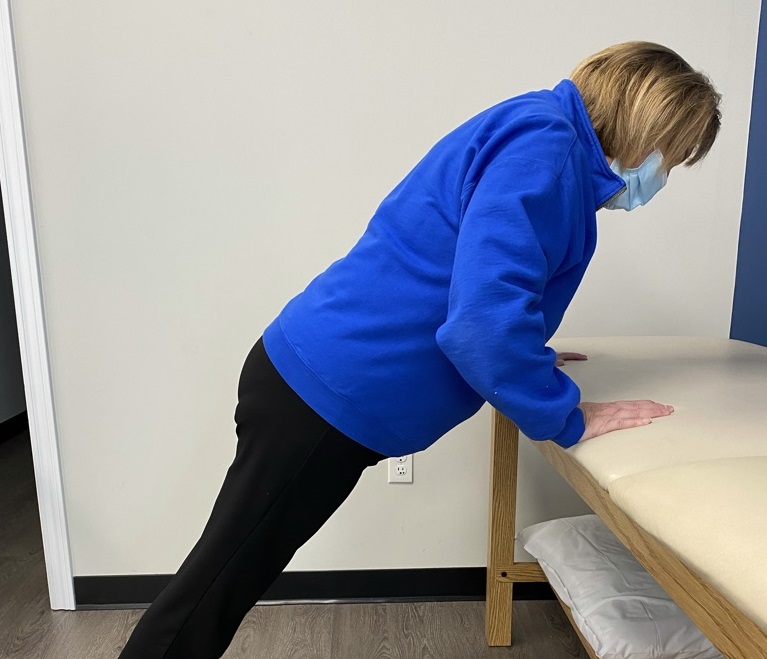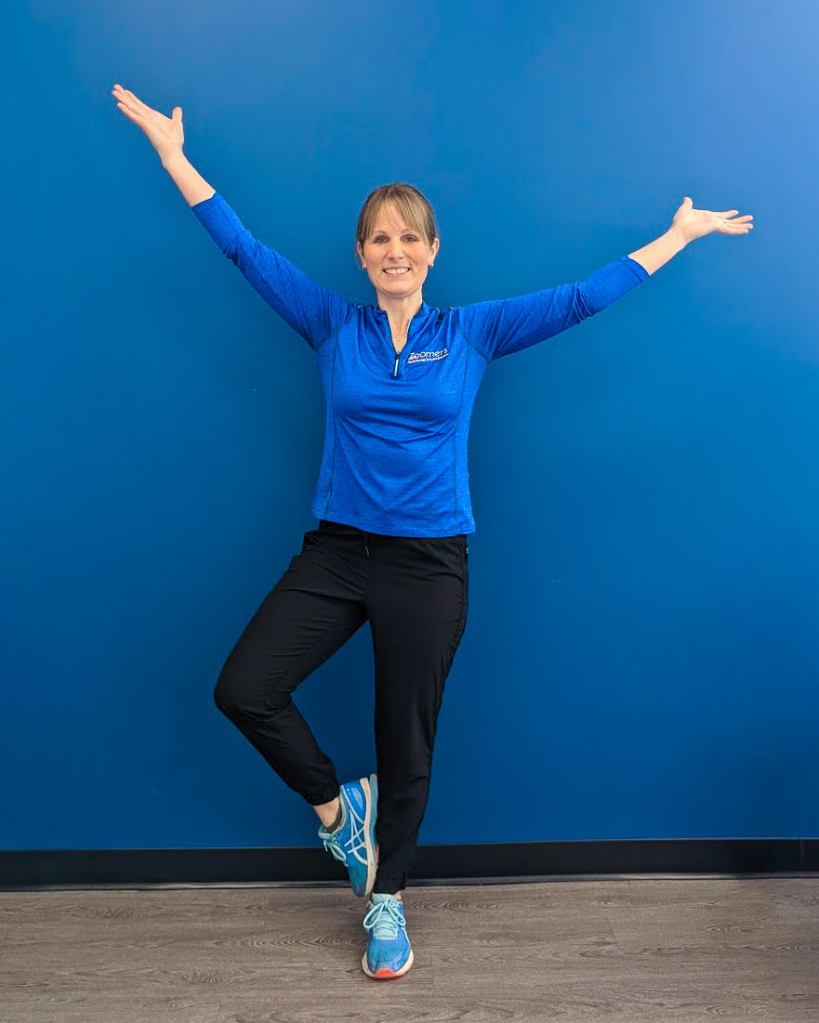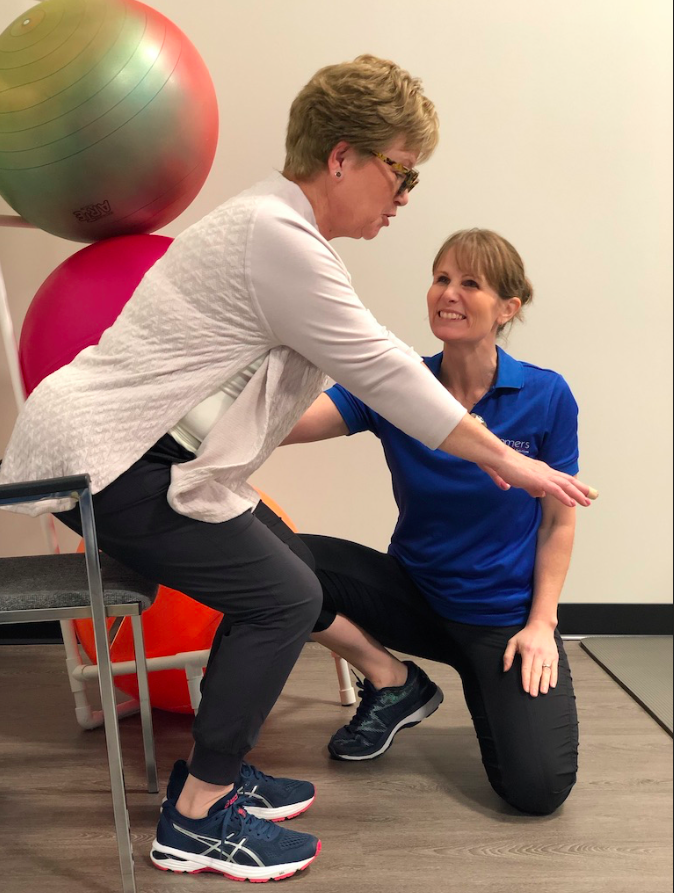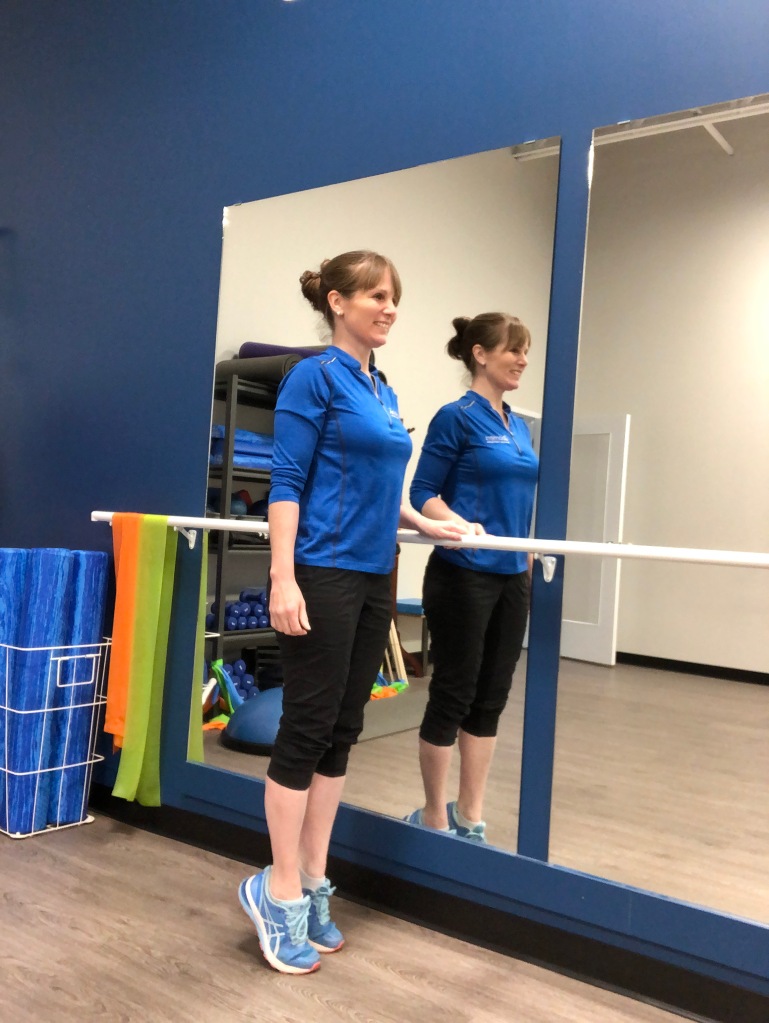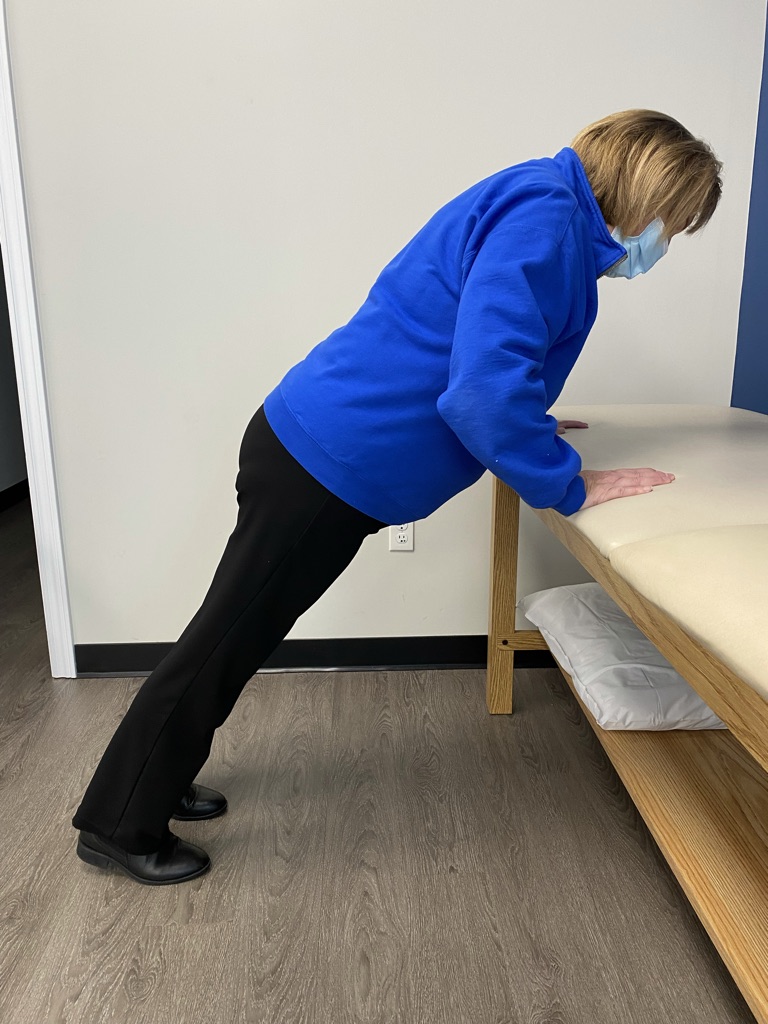Sponsored Content
By Laura Lundquist, PT
Registered International Sport Physical Therapist, FCAMPT, Diploma Sport Physiotherapy
Zoomers Physiotherapy & Health Solutions, Halifax
I often use the analogy of a bank account to teach the importance of maintaining strength as we age. At first glance, it seems like an odd comparison, but stick with me and I think you’ll see how it actually makes a lot of sense.
The analogy:
Your body has a bank account of strength. There is a “threshold” amount of strength that is required to help your body function at its best. If your strength drops below this “threshold”, you often experience symptoms of pain and dysfunction. It is often at this point that you are referred for physiotherapy.
The challenge:
Through physiotherapy, you can rebuild strength in the affected areas. Once you meet this “threshold” of strength, you feel better; the pain and dysfunction lessen or resolve. This is the point at which many clients stop physiotherapy and stop working on strength-training.
The reality:
If you have not “built up” your strength account significantly beyond that “threshold” level, you remain at high risk for a return of your pain/dysfunction. After the age of 40, we tend to lose strength, balance and mobility every year unless we are actively working to maintain or regain it. This strength loss can be as much as 1-2% of your strength every year.
Most of us are used to managing our financial bank accounts. With finances, we sometimes refer to keeping some savings in a “rainy day account” to have us prepared for unexpected costs or hardships. We need to approach our strength the same way. The demands placed on our body can change for a number of reasons (both good and bad). It is important to ensure we have prepared ourselves to meet those changing demands; this is especially true as we age. We need to build up our bank accounts of strength.
The solution:
Maintaining and gaining strength needs to be an ongoing process. It is best to engage in exercises that load our muscles at least 2-3 times each week to promote good health. Although activities like walking, cycling and swimming have many health benefits, they do not give us a lot of strength building.
There are many great exercises that can be done at home to help you build strength. Knowing which ones are right for you and how many to do can help make sure you get the most out of your program. Consider seeing a physiotherapist to get a program built to match your unique needs. In the meantime, here are a few great exercises that you can try:
- Sit to Stand: practice standing up and sitting back down with good control throughout the movement
- Heel Raises: hold a countertop for balance and rise up on your toes, hold for 3 seconds and then slowly lower back down
- Counter Push-Ups: Use your kitchen counter as the base for your hands in a partial push-up
The best exercises are the ones that get done! So, pick a few strength-building exercises that you won’t mind doing and start by adding them into your weekly routine 2-3 times each week. Building a bank account of strength today pays you back tomorrow as it will limit pain and dysfunction. Feeling well will allow you to live the life you love!
About the Author
Laura Lundquist is a physiotherapist whose passion for healthy active aging prompted her to open Zoomers Physiotherapy and Health Solutions in Halifax. More information about Zoomers’ health-care and Club Z fitness services can be found at www.zoomershealth.ca or by calling 902-453-1525. Located at 291 Horseshoe Lake Dr., Halifax.
